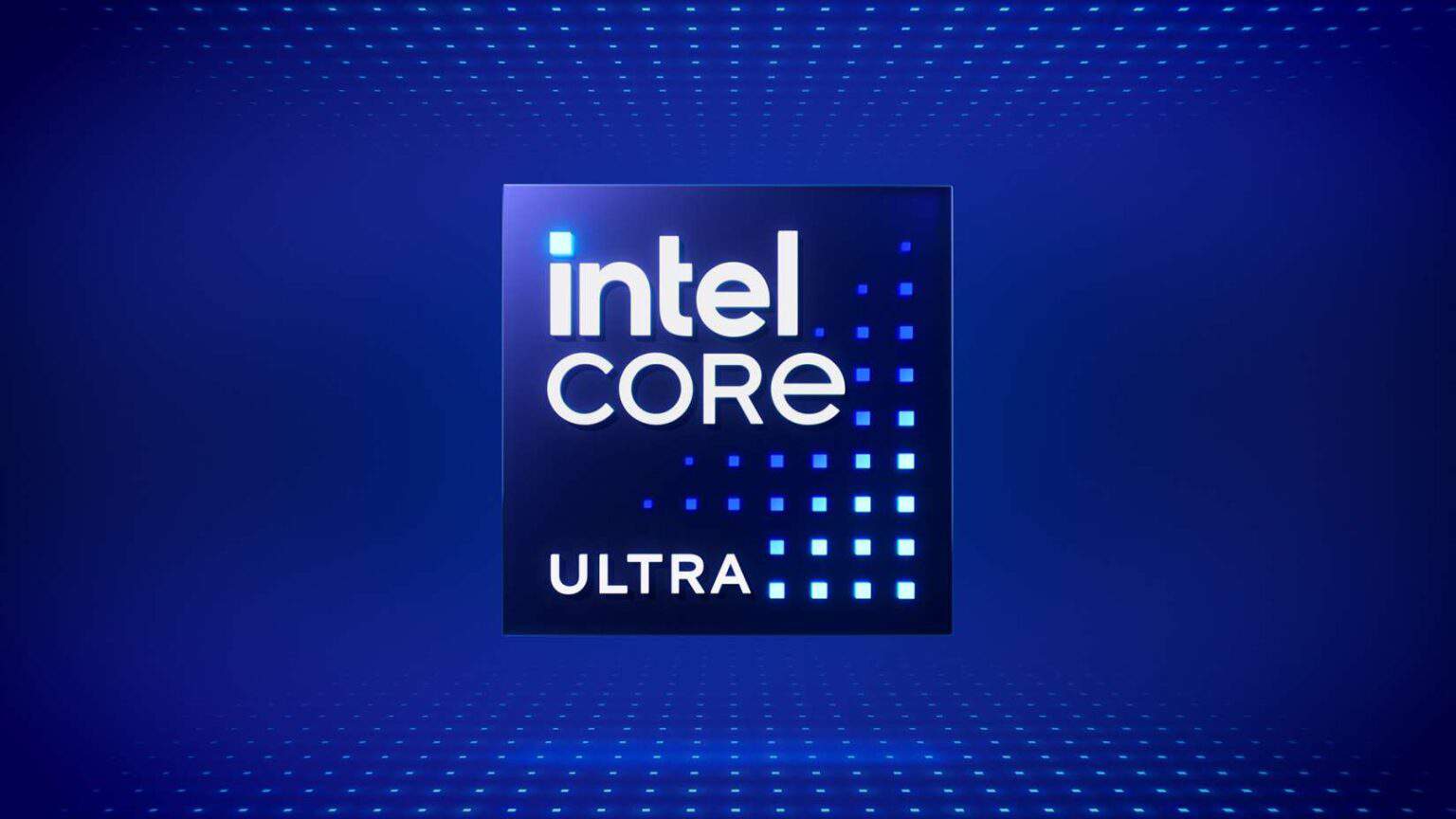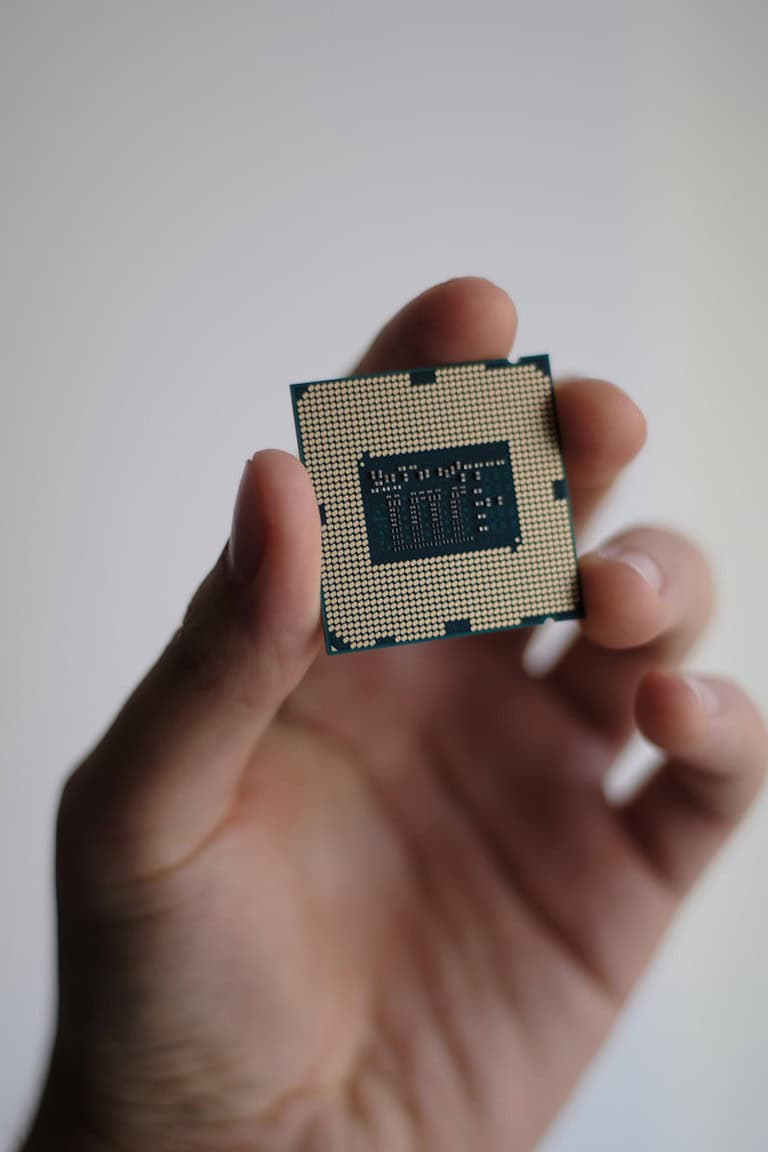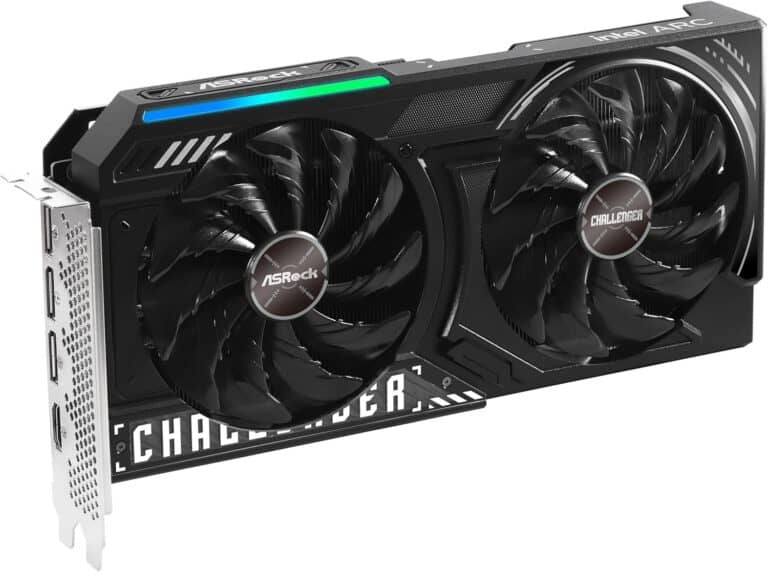
Intel’s 15th generation processors, known as Arrow Lake, are set to launch by the end of 2024. These new chips promise significant improvements over previous generations. Intel’s Arrow Lake processors will feature upgraded core architectures, 20A/3nm process nodes, and Rentable Units for enhanced performance and efficiency.
The lineup is expected to include Core Ultra 9, 7, and 5 series processors. These chips aim to boost computing power while improving energy efficiency. Key advancements include changes to the CPU and GPU architectures, as well as new manufacturing processes.
Intel’s 15th gen chips are poised to compete strongly in the high-performance computing market. The Core Ultra 9 285K (successor to the 14900K) is rumored to offer impressive clock speeds and core counts. These improvements may help Intel regain ground against rivals in both desktop and mobile computing segments.
The Arrow Lake lineup will feature chips built on a brand-new architecture, so this promises to offer a generational leap in performance and efficiency. Intel is also hoping to leave behind all the recent issues that have popped up from their 13th and 14th gen chips. From gamers to content creators, everyone’s eager to see what Arrow Lake brings to the table.

The Next Big Leap: Intel’s 15th Gen Arrow Lake Processors
Expected Launch and Architecture
Get ready, because Intel’s 15th Gen processors, codenamed Arrow Lake, are set to hit the market in the fourth quarter of 2024. These CPUs represent a significant shift, designed on Intel’s 20A node (equivalent to 2nm). This smaller node means more transistors can be packed into the chip, which usually leads to improved power efficiency and performance.
Performance Boost
Intel is aiming high with Arrow Lake. Early rumors hint at a potential 40% increase in Instructions Per Cycle (IPC), a 5% clock boost, and a 15% improvement in multi-core performance. If these numbers hold true, we could be looking at a substantial leap in performance compared to previous generations.
New Hybrid Core Design
Arrow Lake will introduce a new hybrid core design, with six Performance-cores (P-cores) and eight Efficient-cores (E-cores). This setup is similar to what we’ve seen in recent mobile processors, where high-performance cores handle demanding tasks while power-efficient cores take care of background processes.
Integrated Graphics
Arrow Lake’s integrated graphics are expected to see a major boost. Intel is rumored to include up to 32 Xe cores in these chips, promising a significant jump in graphics performance for casual gaming and other graphics-intensive tasks.
New Socket and Platform Features
Unfortunately, Arrow Lake will require a new motherboard with the LGA 1851 socket. This means you’ll need to upgrade your motherboard if you want to take advantage of these new processors. On the bright side, Arrow Lake is expected to support DDR5 memory and PCIe 5.0, offering increased bandwidth and faster data transfer speeds.
Key Features and Specs
| Feature | Expected Specifications |
|---|---|
| Launch Date | Q4 2024 |
| Architecture | Intel 20A (2nm) |
| Core Count | Up to 6 P-cores + 8 E-cores |
| IPC Improvement | Rumored 40% increase |
| Clock Speed | Rumored 5% boost |
| Multi-Core Performance | Rumored 15% boost |
| Integrated Graphics | Up to 32 Xe cores |
| Socket | LGA 1851 (new) |
| Memory Support | DDR5 |
| PCIe Support | PCIe 5.0 |
Key Takeaways
- Intel’s 15th gen Arrow Lake processors will launch in late 2024
- New chips use advanced 20A/3nm process nodes for better performance
- Core Ultra 9, 7, and 5 series will offer upgraded architectures and features
Overview of Intel 15th Gen Processors
Intel’s 15th generation processors bring new features and performance improvements. These CPUs aim to compete in the current market with enhanced capabilities.
Intel’s Innovation with 15th Gen
The 15th gen processors, also known as Arrow Lake, are set to launch in late 2024. They will use a new architecture that combines high-performance and power-efficient cores.
These CPUs will be made using Intel’s 20A process. This means smaller transistors and better power use. The chips may also have new AI features built in.
Intel plans to improve graphics performance in these processors. This could help with tasks like gaming and video editing without needing a separate graphics card.
Comparative Landscape
The 15th gen Intel CPUs will face tough competition from AMD and Apple. Intel aims to regain its lead in the processor market with these new chips.
Performance gains are expected in both single-core and multi-core tasks. This could help in areas like gaming and content creation.
One potential drawback is that these CPUs might need new motherboards. This could mean higher costs for users wanting to upgrade.
The exact specs are not yet known. But rumors suggest faster clock speeds and more cores than current models.
Key Features and Technologies
Intel’s 15th generation processors introduce cutting-edge advancements. These chips bring improved performance, enhanced AI capabilities, and upgraded graphics.
Core Architecture
The 15th gen CPUs use a new core design called Arrow Lake. This design builds on the tile-based approach of Meteor Lake. It has separate tiles for the CPU, GPU, and other components.
Arrow Lake uses Intel’s 20A process node. This node offers better power efficiency and performance than previous generations.
The CPUs have two types of cores:
- Performance cores (P-cores) for demanding tasks
- Efficiency cores (E-cores) for background work
This mix helps balance power use and speed. The number of cores varies by model. High-end chips may have more P-cores and E-cores than entry-level ones.
Memory Support and Performance
Arrow Lake processors support faster RAM speeds. They work with DDR5-6400 memory. This quick memory helps speed up data-heavy tasks.
The CPUs also have larger caches. More cache means faster access to often-used data.
Intel has improved the memory controller. This leads to lower latency and higher bandwidth.
These changes result in:
- Faster application loading
- Smoother multitasking
- Better performance in memory-intensive programs
AI Integration
Arrow Lake chips have built-in AI accelerators. These speed up machine learning tasks.
Key AI features include:
- Improved natural language processing
- Faster image recognition
- Enhanced voice command responses
The AI capabilities help in various applications:
- Video editing software can use AI for better effects
- Games can have smarter NPCs
- Productivity apps can offer smarter suggestions
These AI tools work without needing a separate graphics card. This makes AI more accessible in laptops and budget desktops.
Integrated Graphics Enhancements
The 15th gen processors come with upgraded integrated graphics. They use Intel’s latest GPU architecture.
Improvements include:
- More execution units
- Higher clock speeds
- Better power efficiency
These changes lead to:
- Smoother gameplay in less demanding games
- Faster video encoding and decoding
- Improved support for multiple displays
The new graphics can handle 4K video playback with ease. They also support the latest graphics APIs. This ensures compatibility with new games and applications.
For users who don’t need a dedicated GPU, these integrated graphics offer a solid experience. They’re especially useful in thin and light laptops.
Design and Compatibility
Intel’s 15th generation processors bring changes to their physical design and system requirements. These changes affect how the CPUs fit into motherboards and their cooling needs.
Socket and Chipset Requirements
The Intel 15th Gen CPUs will use a new LGA 1851 socket. This socket is different from the LGA 1700 used by previous generations. The new socket means users will need new motherboards to use these processors.
Motherboard makers will create boards with the LGA 1851 socket. These boards will have chipsets designed for the new CPUs. The change in socket design allows for improved power delivery and signal integrity.
Users should check their current setup before upgrading. The new socket is not backward compatible with older CPUs or motherboards.
Cooling and TDP Considerations
Thermal Design Power (TDP) is key for cooling 15th Gen processors. Intel has not released official TDP numbers yet. But the new chips may have different cooling needs than past models.
The CPU cooler mounting might change with the new socket. Users may need to get new coolers or mounting kits. It’s important to check cooler compatibility when upgrading.
High-performance CPUs often need better cooling. Users should plan for adequate airflow in their PC cases. Water cooling might be a good option for top-end models.
Heat output can affect system stability and performance. Proper cooling helps 15th Gen CPUs maintain their clock speeds for longer periods.
Performance Analysis
Intel’s 15th generation processors bring significant improvements in speed and efficiency. These chips offer enhanced capabilities for various computing tasks.
Benchmarks and Real-World Use
Early leaked benchmarks reveal major performance leaps for Intel’s 15th-gen processors. The top-end Arrow Lake CPU shows impressive results in tests. These chips may pose a challenge to AMD in terms of raw power.
In multi-core performance, the new processors excel at handling complex tasks. They can run multiple programs at once without slowing down. For single-core tasks, the chips also show marked improvement.
Geekbench scores indicate a notable boost in processing speed. 3DMark results suggest better graphics handling for gaming and design work. Real-world use translates to faster load times and smoother operation for demanding software.
Energy Efficiency and Optimization
The 15th-gen chips aim to address performance and stability issues from previous generations. Intel has focused on power efficiency in the Arrow Lake design. This means better performance without increased energy use.
The new processors use advanced transistor technology. This allows for more computing power in a smaller space. It also helps reduce heat output, which is key for laptop performance.
Intel has worked on optimizing the chip architecture. This leads to better use of available resources. The result is improved speed without needing more power. Users can expect longer battery life in laptops and lower energy bills for desktops.
Frequently Asked Questions
Intel’s upcoming 15th generation processors bring several changes and improvements. Here are answers to common questions about these new CPUs.
What is the expected release date for the next-generation Intel processors?
Intel plans to launch its 15th generation Arrow Lake processors in Q4 2024, so sometime between October 2024 – December 2024. The exact date is not yet confirmed.
What improvements are anticipated in the 15th generation compared to the 14th generation Intel processors?
Arrow Lake CPUs aim to boost power efficiency and performance. They will use a new architecture and manufacturing process. This should lead to faster speeds and better energy use.
What will be the socket compatibility for the upcoming Intel processors?
The new CPUs will likely use a new socket type. This means they won’t work with current motherboards. Users will need to buy new motherboards for these processors.
What performance benchmarks can we expect from the latest Intel processor lineup?
Exact benchmarks are not available yet. But leaked specs suggest promising improvements. The new CPUs may offer significant gains in both single and multi-core tasks.
How does the pricing of the new Intel processors compare to the previous iterations?
Intel has not announced pricing for Arrow Lake CPUs. Prices often stay close to previous generations. But new features or major improvements could lead to higher costs.
What is the manufacturing process technology for the new Intel processors?
Arrow Lake will use Intel’s latest manufacturing tech. This includes a mix of Intel 4 and Intel 20A processes. These advanced methods should help boost efficiency and performance.
What generation is Intel Arrow Lake?
Intel Arrow Lake represents Intel’s 15th generation of processors.
What socket will the 15th gen Intel be?
The 15th gen Intel, or Arrow Lake, will require a new motherboard with the LGA 1851 socket.
Is 15th gen Intel worth it?
Whether the 15th gen Intel is worth it depends on your needs and current setup. If you’re looking for a significant performance boost, improved power efficiency, and enhanced graphics capabilities, then upgrading to Arrow Lake might be a good choice. However, keep in mind that you’ll need to invest in a new motherboard and potentially other components to take full advantage of the new platform. If your current system is meeting your needs, you might consider waiting for future generations or evaluating if the performance gains justify the cost of a full upgrade.
What comes after Arrow Lake?
After Arrow Lake (15th gen), Intel’s roadmap points to Lunar Lake as the 16th generation of processors. Lunar Lake is anticipated to further focus on power efficiency and is rumored to be designed for ultra-thin and light laptops.
Will Intel 15th gen be more efficient?
Yes, Intel 15th gen (Arrow Lake) is expected to be more power-efficient than previous generations. This is due in part to its new 20A (equivalent to 2nm) node, which allows for more transistors to be packed into the chip. Additionally, the hybrid core design, with a mix of Performance-cores and Efficient-cores, aims to optimize performance and power consumption based on the task at hand.






